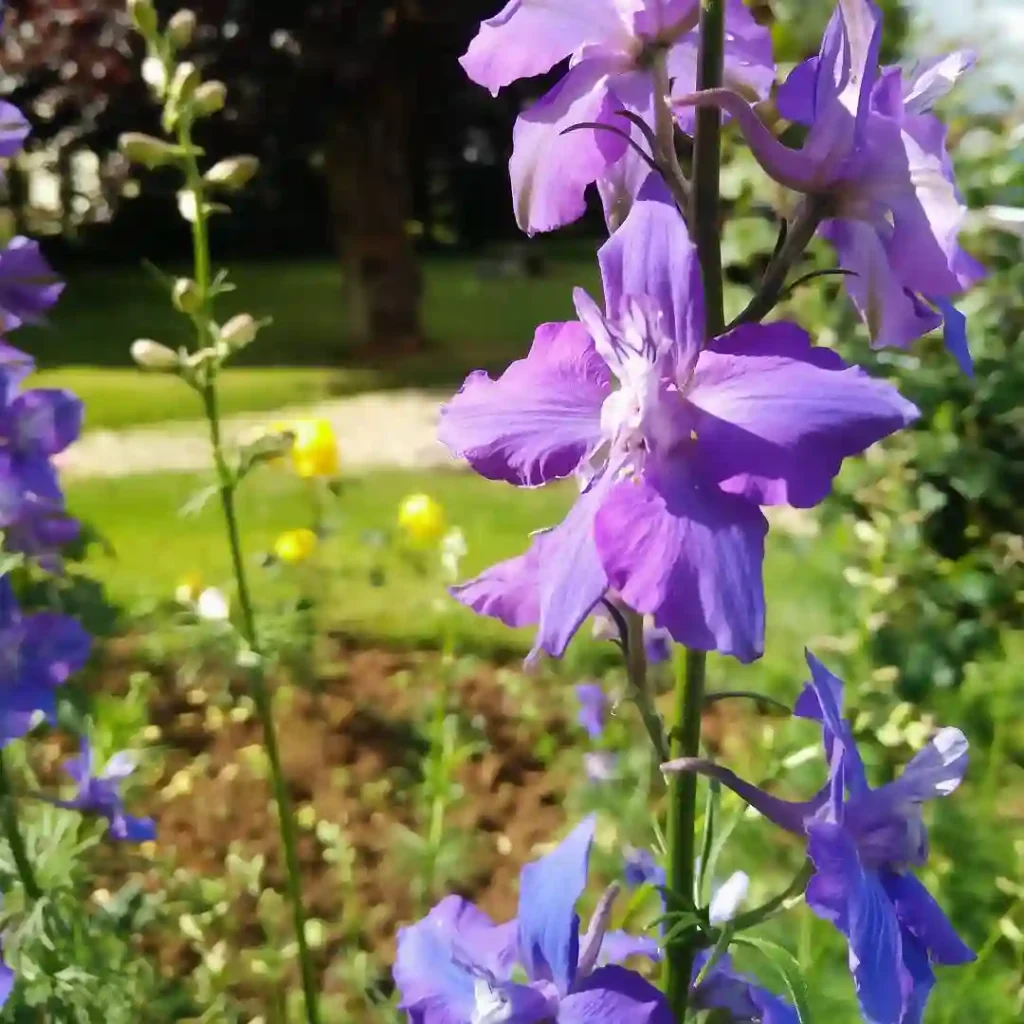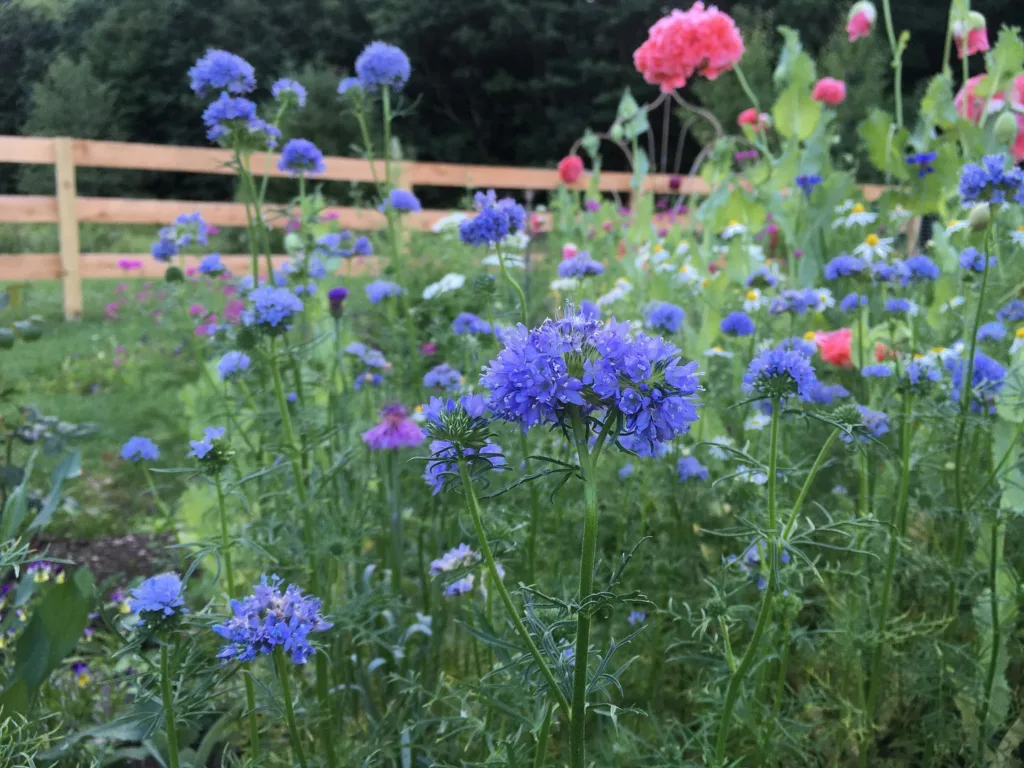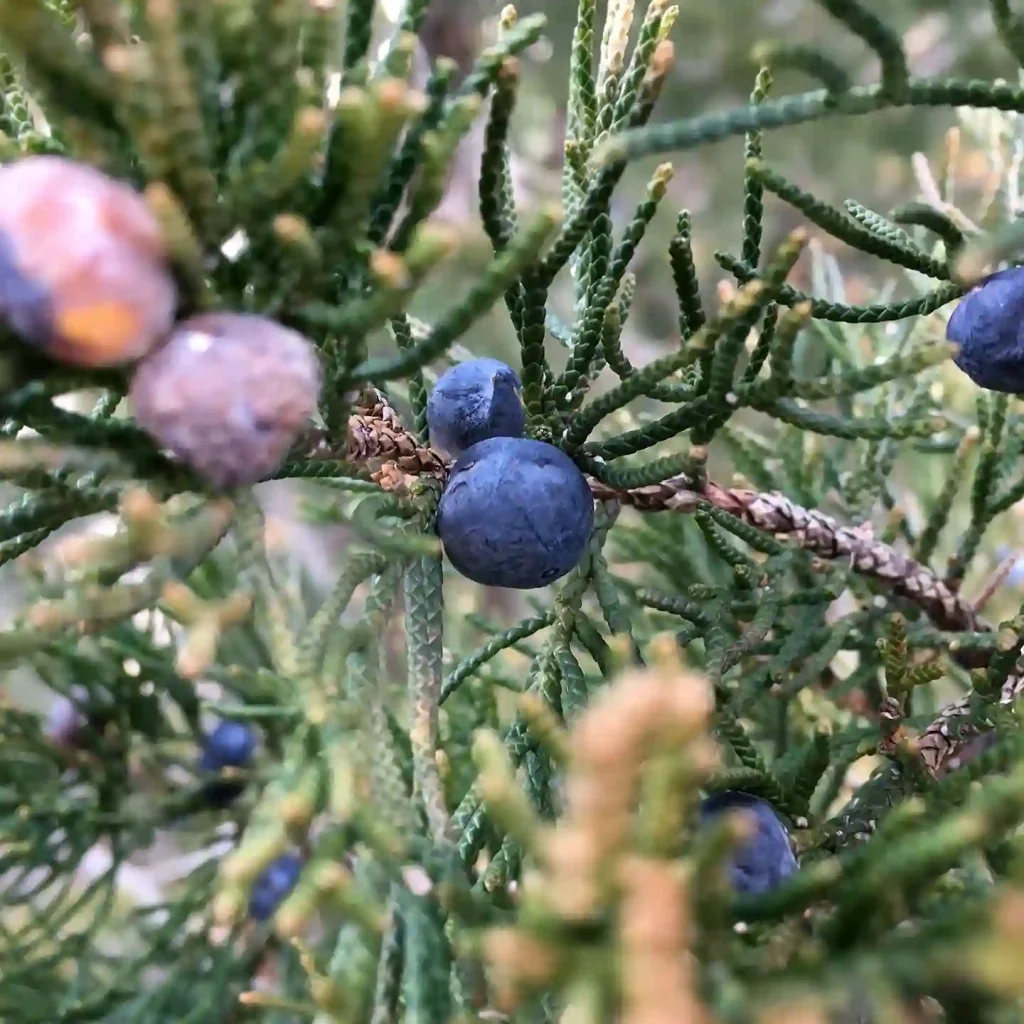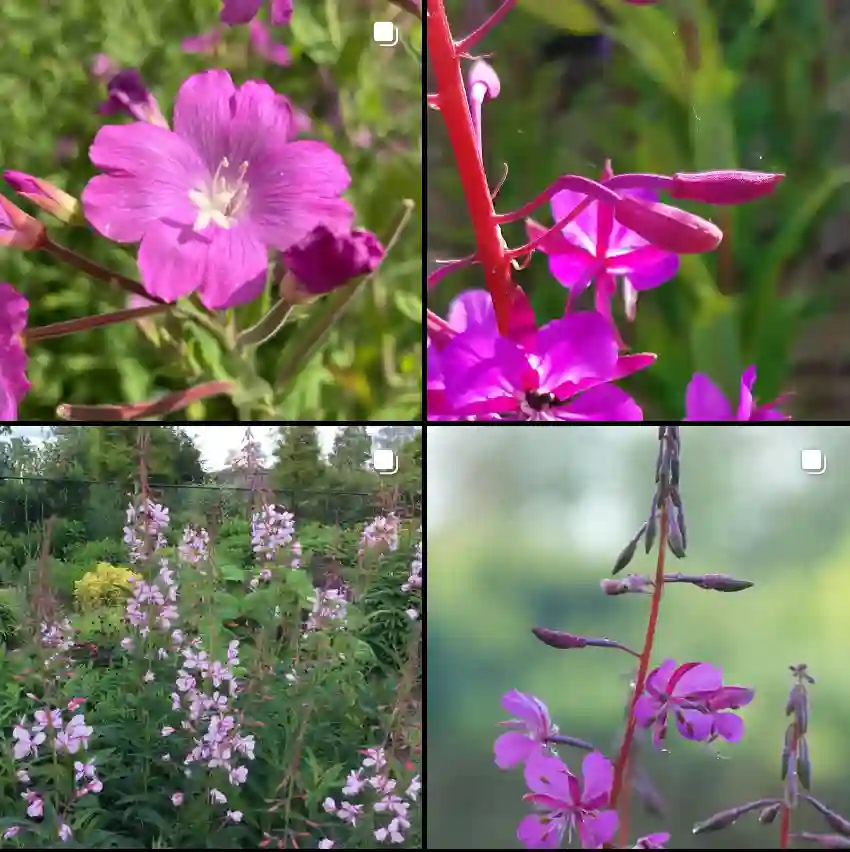
The Peperomia Pepperspot: My Low-Maintenance Trailing Treasure
I’d always been drawn to trailing plants, their cascading vines adding a touch of whimsy to any indoor space. But with my busy schedule, high-maintenance plants just weren’t in the cards. Enter the Peperomia Pepperspot, a little miracle plant that stole my heart (and my windowsill) with its charm and easygoing nature.
For anyone out there looking for a fuss-free houseplant that adds a pop of greenery, the Peperomia Pepperspot is your perfect match. This little wonder boasts delightful features that make it a fantastic choice for both seasoned plant parents and beginners like myself. Let me share my experience with this delightful plant and some tips on how to cultivate your own thriving Peperomia Pepperspot.
1424 Species in Genus Peperomia
What Makes the Peperomia Pepperspot So Special?
The first thing that captured my attention was the foliage. Unlike its vibrantly variegated cousins, the Peperomia Pepperspot features a consistent, rich green color on its round, succulent leaves. These “pepperspots,” as they’re aptly named, resemble tiny coins strung along delicate, reddish-pink vines. As the plant matures, these vines cascade gracefully, creating a mesmerizing spillover effect that looks stunning in a hanging planter or placed on a high shelf.
Beyond its captivating looks, the Peperomia Pepperspot is a champion of low maintenance. Unlike some finicky houseplants, this little trooper thrives on neglect. It can tolerate a wide range of lighting conditions, from bright, indirect light to shadier spots. This makes it a perfect choice for rooms that don’t get a lot of natural light, a common challenge in many apartments.
How to Care for Peperomia Pepperspot?
Here’s the best part: caring for your Peperomia Pepperspot is a breeze.
Light: As mentioned earlier, this plant is adaptable when it comes to light. While it prefers bright, indirect sunlight, it can also tolerate lower light conditions. Avoid harsh, direct sunlight as it can scorch the leaves.
Watering: One of the biggest downfalls for new plant owners is overwatering. The Peperomia Pepperspot, however, is a champion at forgiving underwatering. Here’s the key: allow the top inch of soil to dry out completely between waterings. This prevents root rot, a common problem with overwatering.
Soil: A well-draining potting mix is crucial for your Peperomia Pepperspot’s success. Opt for a cactus or succulent mix, which allows for proper drainage and prevents waterlogging.
Temperature and Humidity: The Peperomia Pepperspot thrives in warm environments, ideally between 65°F and 80°F (18°C and 27°C). Average room humidity levels are perfectly fine for this plant, so you don’t need to worry about misting it regularly.
Fertilizing: This isn’t a heavy feeder, so a light application of balanced fertilizer once a month during the growing season (spring and summer) is sufficient. Opt for a diluted solution to avoid burning the roots.
How to Propagate Peperomia Pepperspot?
Sharing the joy of your Peperomia Pepperspot with friends and family is easy! This plant propagates readily, allowing you to create new green companions. Here are two methods you can try:
Stem Cuttings:
- Identify a healthy stem with at least two to three nodes (the bumps where leaves emerge).
- Using sharp, sterilized pruning shears, cut the stem just below a node.
- Remove the lower leaves, leaving a couple of nodes exposed.
- Pot the cutting in a well-draining potting mix, ensuring the nodes are buried.
- Water lightly and place the pot in a location with bright, indirect light.
- Keep the soil slightly moist but not soggy. Roots should develop within a few weeks.
Leaf Propagation:
- Select a healthy, mature leaf.
- Gently twist or pull the leaf from the main stem, ensuring a small stem piece remains attached at the base of the leaf.
- Lay the leaf flat on a moist, well-draining potting mix, with the stem end slightly buried.
- Maintain consistent moisture in the soil but avoid overwatering.
- Place the pot in a warm location with bright, indirect light.
- Within a few weeks, you should see tiny plantlets developing at the base of the leaf.
Peperomia Pepperspot vs Ruby Cascade
Peperomia Pepperspot is often mistaken for its kin, the String of Turtles and the Peperomia Ruby Cascade, even though it shares leaf shape traits with the former and the burgundy stem color of the latter; however, it stands apart as a distinct plant due to its absence of variegation.
With a little patience and these simple steps, you’ll be well on your way to propagating your Peperomia Pepperspot and creating a mini green haven. The best part? Propagated Peperomia Pepperspots make fantastic gifts! Their compact size and charming looks make them ideal for desks, shelves, or even terrariums. Imagine gifting a friend a piece of your thriving plant, a symbol of your friendship and a reminder of the easygoing joy that comes with caring for this delightful little houseplant.
If i die, water my plants!



